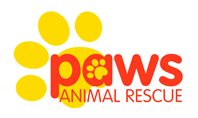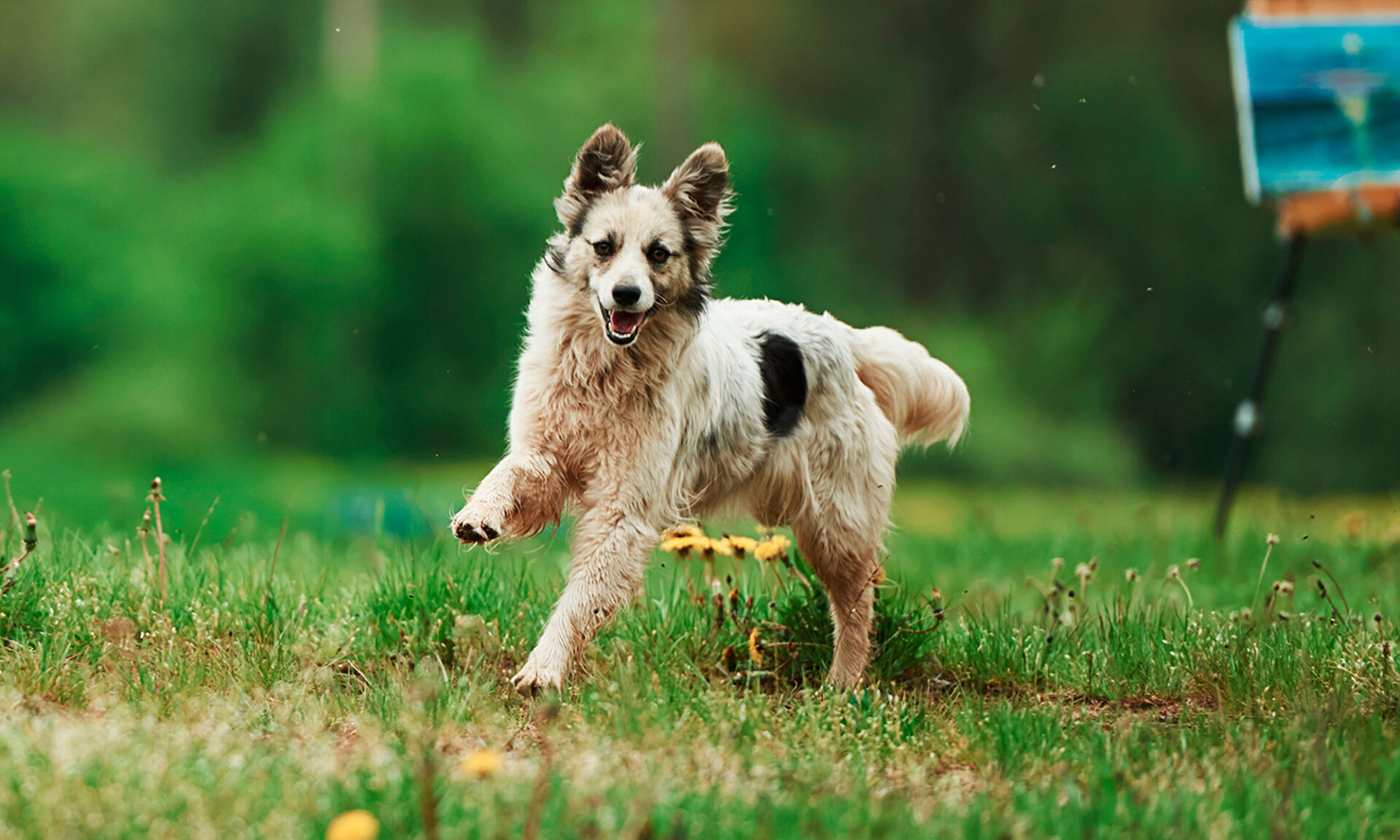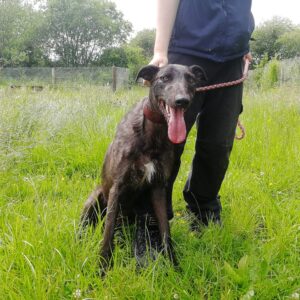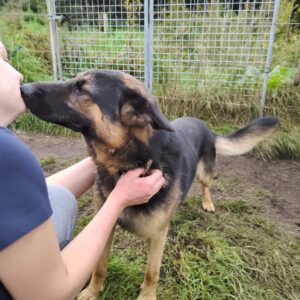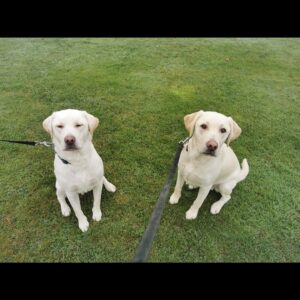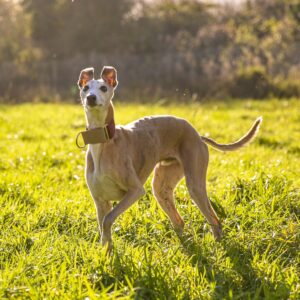An overexcited dog can easily be overwhelming. Besides the fact that it can make walking through the door challenging, it can also become a downright dangerous situation. The possibility of knocking people over, scratching, nipping, or even inadvertently head-butting someone who is bending down to greet them can make this issue a real liability.
If you add young children or elderly family members into the mix, a jumping dog can be an accident waiting to happen. The key is prevention. Management measures to put in place to prevent your dog from practicing the actual behaviour we are trying to train them out of is a crucial part of every training plan. No matter what the behaviour is. Using your dog’s leash so that they don’t have access to visitors is simple, but effective. Also the use of stairgates and x-pens so dogs can be confined and out of hallways and door ways. Asking guests to let you know they’re outside ahead of time to give you a chance to direct your dog to a chew or stuffed kong is also a great way for them to direct all their excitement to an appropriate outlet.
It might sound obvious, but dogs usually greet by jumping because they’re simply excited . Dogs are social, and jumping up to greet a person brings them closer to the person’s face and eye-level. They may want attention and pets from the person they’re seeing. Sometimes, dogs continue jumping, because they receive a positive award — such as attention and head scratches — from the person they jump on.
The Training bit
Physical exercise
Exercise is super important, but it’s only the tip of the iceberg when it comes to a dog who is overly energetic. Adding alternative forms of exercise, such as mental stimulation and the environmental enrichment we listed earlier are critical to keep the energy at bay.
Mental stimulation
Check out our other blog entries on enrichment as this part is essential for meeting our dogs needs. Also, consistently practicing basic communication cues and incorporating those skills into your daily routine is a great way to reinforce what your dog already may know and also introduce them to some new training protocols. For instance, asking for “sit” and “down” is a great alternative behaviour to ask of your dog instead of the jump.
Also be aware of never inadvertently reinforcing your dog’s jumping behaviour. Even saying “no” or “off” and giving them lots of hand gestures and eye contact is a natural human response but it’s mixed signals that our dog will recognise as attention directed towards them them and they may learn that jumping is the predictor for lots of attention and repeat it at every opportunity.
Environmental enrichment
Despite your best efforts, an over-excited dog may still jump when guests arrive or if your kids start running around the house. This may take a specific approach that includes teaching self-control and implementing a management plan. This is where our leashes, stairgates or simply redirecting the dog to treat scatters, puzzle toys or stuffed kongs outside or in another room will come into play.
Always ask guests to not interact with your dog until the dog is calm. Make this easy for them by handing them a tug toy they can offer your dog at knee height to reinforce staying down on the ground. Or, give them a handful of treats to toss away from their body to redirect the dog away from them, this will teach the dogs rewards come from the floor and to encourage a more calmer way to greet guests each time they retrieve a treat and turn back around to the guest, as the guest will continue to redirect the dog away from them.
Be consistent with training in and outside the house
Set your dog up for success.
When your dog gets overzealous over someone at the door, you can remove him from the person the moment he begins his excitable behaviors. Move back by about three to five feet, redirect his behavior with treat scatters, and then re-approach the person when he is calm and repeat as needed. Be sure to praise and reward your dog for appropriate behavior. It’s not enough to tell him what not to do; you need to let him know when he is doing things well.
